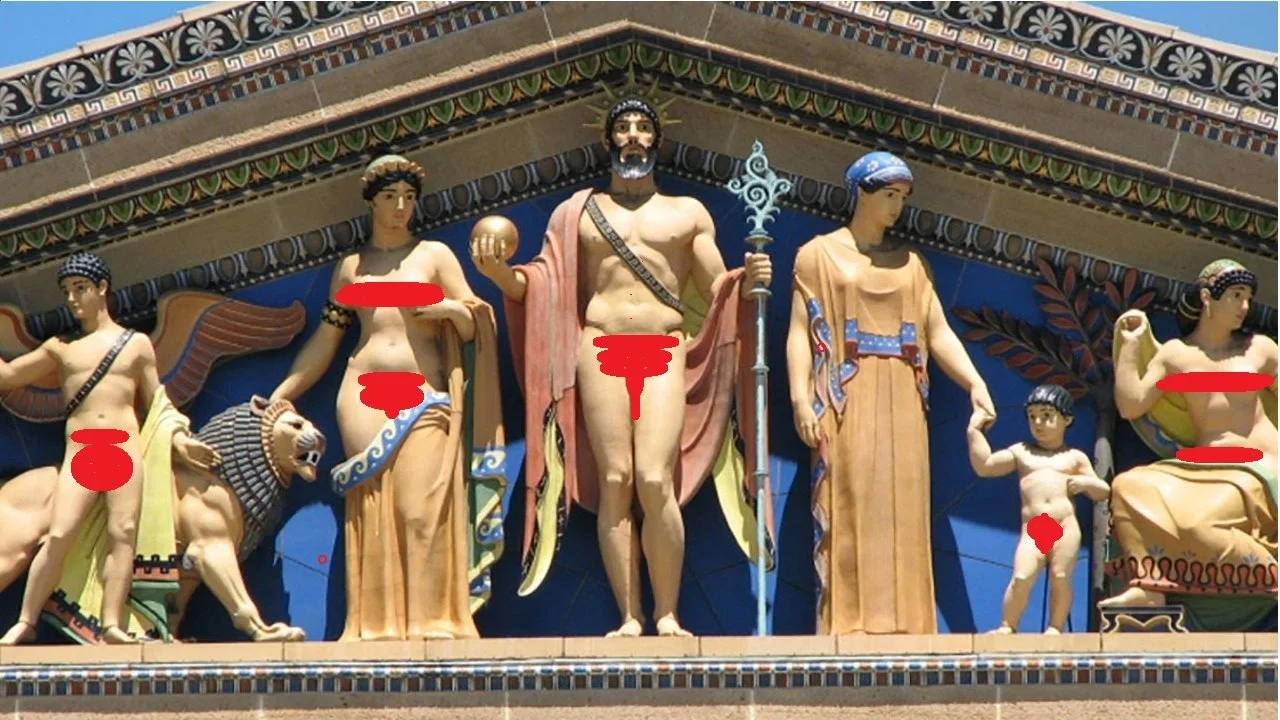Contrary to popular belief, the sculptures and buildings of ancient Greece were often painted with bright colours. The pigment remains found on buildings and statues in the Acropolis of Athens, as well as microscopic research, have proved that capitals, columns, and friezes were richly painted with complementary colours that allowed for the appreciation of the details of the statues, even from a distance.
The sculptures were often completely or partially painted, with colours delimiting the elements of the statues, such as hair, clothes, lips, or nipples. The colours were used as a way to enhance the artistry of the classical forms and achieve a lifelike polychrome statuary. Unfortunately, most surviving classical sculptures are marble copies of original Greek statues, as the Greeks tended to work with materials that do not survive time, such as wood or bronze.
Marble was used to create statues that would match the building housing them, but the perception of white marble as the standard for classical Greek art began during the Renaissance, as Europeans rediscovered Greek and Roman art. The idealised white form became synonymous with classical purity and was admired and emulated in neoclassical art and architecture in the 18th and 19th centuries. However, in recent years, research projects and reconstructions have aimed to show the public just how colourful these pieces would have looked in their prime.







